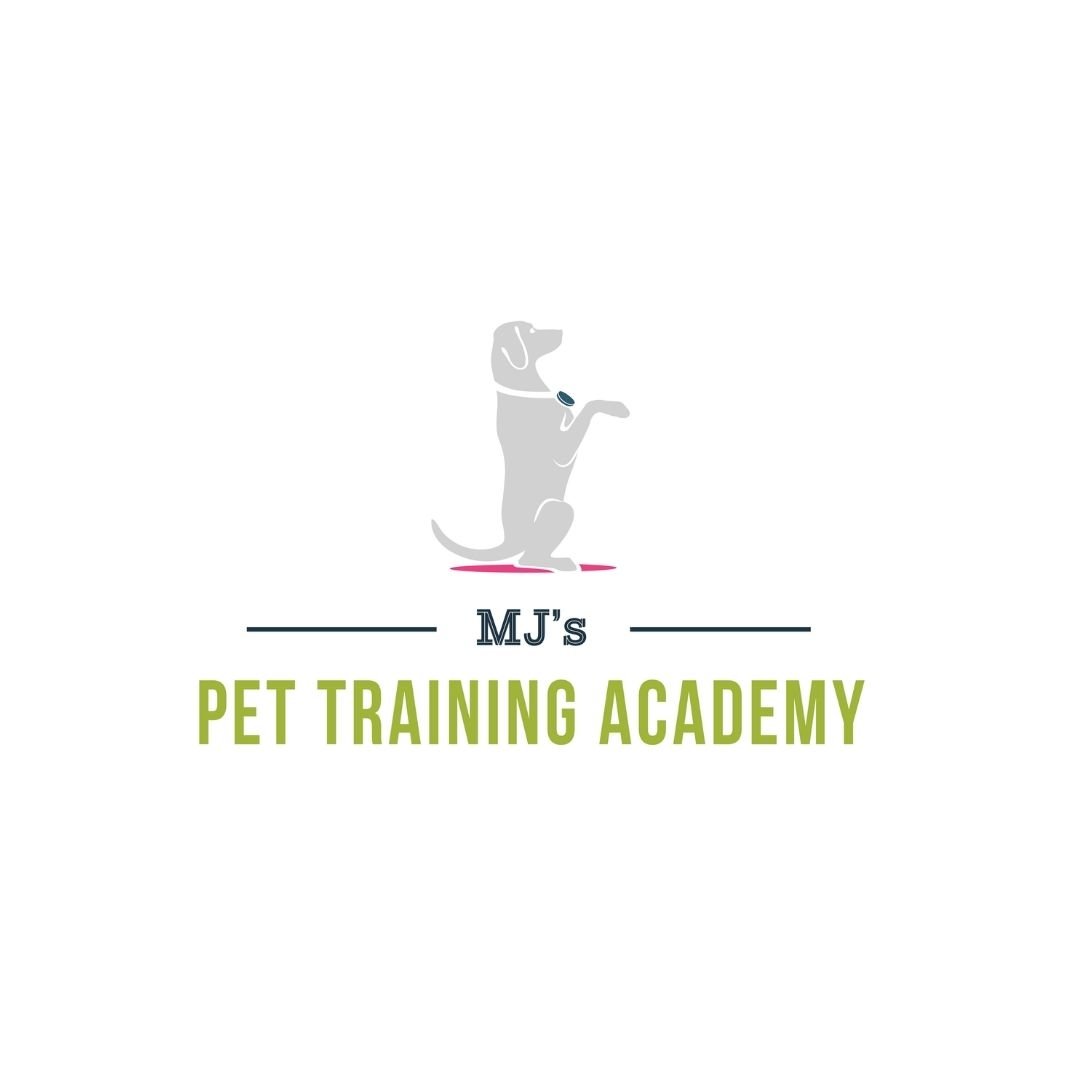Stop Waiting to Add Distractions (Try This Instead)
Ready to make your training sessions more interesting, and dramatically improve your dog's focus and performance?
Testing your dog's understanding of new skills is a critical part of the training process. One of the most effective ways to do this is by introducing small distractions early, rather than waiting until the skill is fully trained.
Many trainers are taught to "add distractions later," but I like to go a step further: I layer challenges into the learning process right from the start. Why? Because the way a dog responds to small distractions gives me incredible insight:
How well they understand the skill
How confident they feel in the environment
How motivated they are by the reinforcement
This information is gold. It helps me decide what the next steps should be for that individual dog, right away, instead of guessing or moving too slowly.
If you wait until a skill looks "perfect" before adding distractions, you’re missing a huge opportunity to collect valuable data during the early stages.
One key to making this technique work is controlling the distractions and making sure they are micro.
Learning Should Be So Fun They Ignore Distractions
Think about the last time you were deeply focused on solving a problem. You probably didn’t even want to be interrupted, right? Dogs can feel that same focus when they’re engaged in figuring out something new. My goal is not just to train the skill. It's to make the learning process itself so rewarding that minor distractions don't pull the dog’s focus away. I'm not talking about overwhelming your dog with major distractions right away. I'm talking about small, simple challenges like a dropped toy or a piece of food on the floor, that help build both your dog’s confidence and your own as you see how capable your dog really is.
And yes, even your dog can learn this with a little practice.
The Power of Micro-Challenges
One of the fastest ways to teach a dog to stay focused is by introducing "mini challenges" through tiny distractions and small skill tests. Here's how to start:
Teach the "Rewind From a Lure" Micro Skill
This is a fantastic foundational exercise that teaches your dog to choose to move away from a lure (like food in your hand) to perform a skill. It's not the same as another technique "reverse luring.”
Example:
Hold a treat at your dog’s nose level.
Ask for a spin using a verbal cue, without moving your hand! Your dog must leave the food in your hand to spin
You can also do this with a down:
Lure your dog at nose level, step back slightly so your dog is following food in your hand, then cue "down."
Your dog must break from the lure position and drop into a down. With practice, your dog will get this!
Feed your dog instantly for the correct response.
Use "Search"
Hold food in your hand and let your dog sniff it.
After a few seconds, cue "search" and toss a treat away using the opposite hand.
If your dog leaves your hand with the food enclosed to find the treat, you're building the right concept!
You can level this up by:
Dropping a toy while asking for a verbal cue. The toy is the distraction.
Placing food on the ground that your dog has to leave in order to complete the skill.
Pausing mid-play and giving a cue to see if your dog chooses the skill over resuming play.
Adding Distractions to Known Skills
Once your dog is getting good at leaving micro distractions, start mixing it into simple behaviors:
Recall your dog away from a low-value treat hidden under a cup.
Cue a down right as you toss a toy across the room.
Ask for a sit or stand while dropping a treat to leave.
Mix it up! Don't let your dog predict when the distraction will happen. Sometimes cue first, sometimes toss first. The unpredictability builds real listening skills, not patterning.
Trainer's Challenge: Can Your Dog Beat the Distraction Test?
Ready to test what you just learned? Try this simple challenge during your next session:
- Pick a skill your dog knows well (like sit or down).
- Hold a treat or toy visibly in your hand.
- Give your dog the verbal cue without moving your hand!
- Watch: Does your dog follow the cue instead of grabbing for the treat?
Tip: Start easy, then gradually increase the difficulty by adding a slight distraction (like lightly tossing a toy).
Comment below or tag us on social media to show off your progress!
Building Focus During New Skills
What about brand-new skills your dog doesn’t know yet, like targeting?
Begin with your normal shaping process.
As your dog starts reliably offering the behavior (e.g., touching the target), introduce minor distractions: holding food in your hand to move away from, pausing mid-lure, placing a leave-it on the floor.
Watch if your dog chooses the target behavior even when these distractions appear.
If they can, congratulations! You're ready to introduce your verbal cue because the behavior is strong even under pressure.
Why This Approach Works
Training this way isn’t about perfection. It’s about gathering information, building resilience, and teaching your dog that the work itself is the most rewarding thing in the room.
You'll make mistakes. Your dog will make mistakes. That’s part of the process. By introducing mini challenges early, you’ll:
Build stronger, faster skills
Boost your dog’s confidence
Sharpen your own training timing and strategy
And most importantly: you'll have a lot more fun watching your dog tackle these challenges with enthusiasm.
Ready to try it?
Get creative, start small, and watch your dog soar. The earlier you successfully test their skills under mild distractions, the more impressive and reliable their behavior will become.
